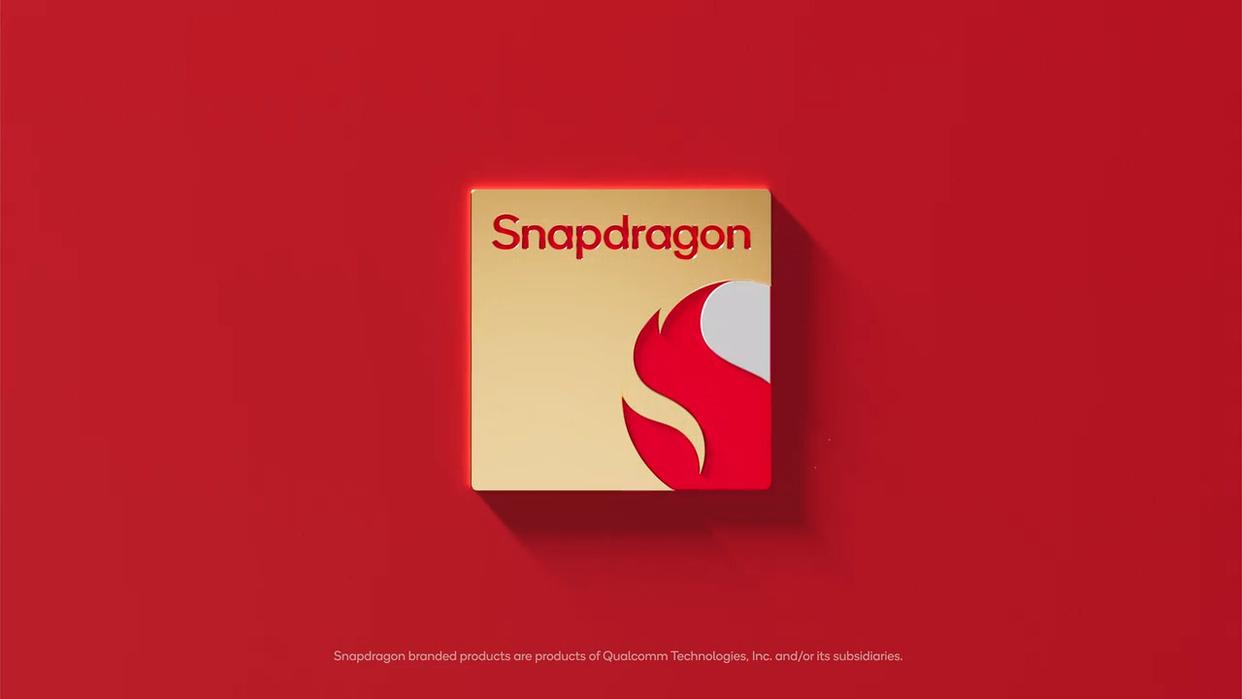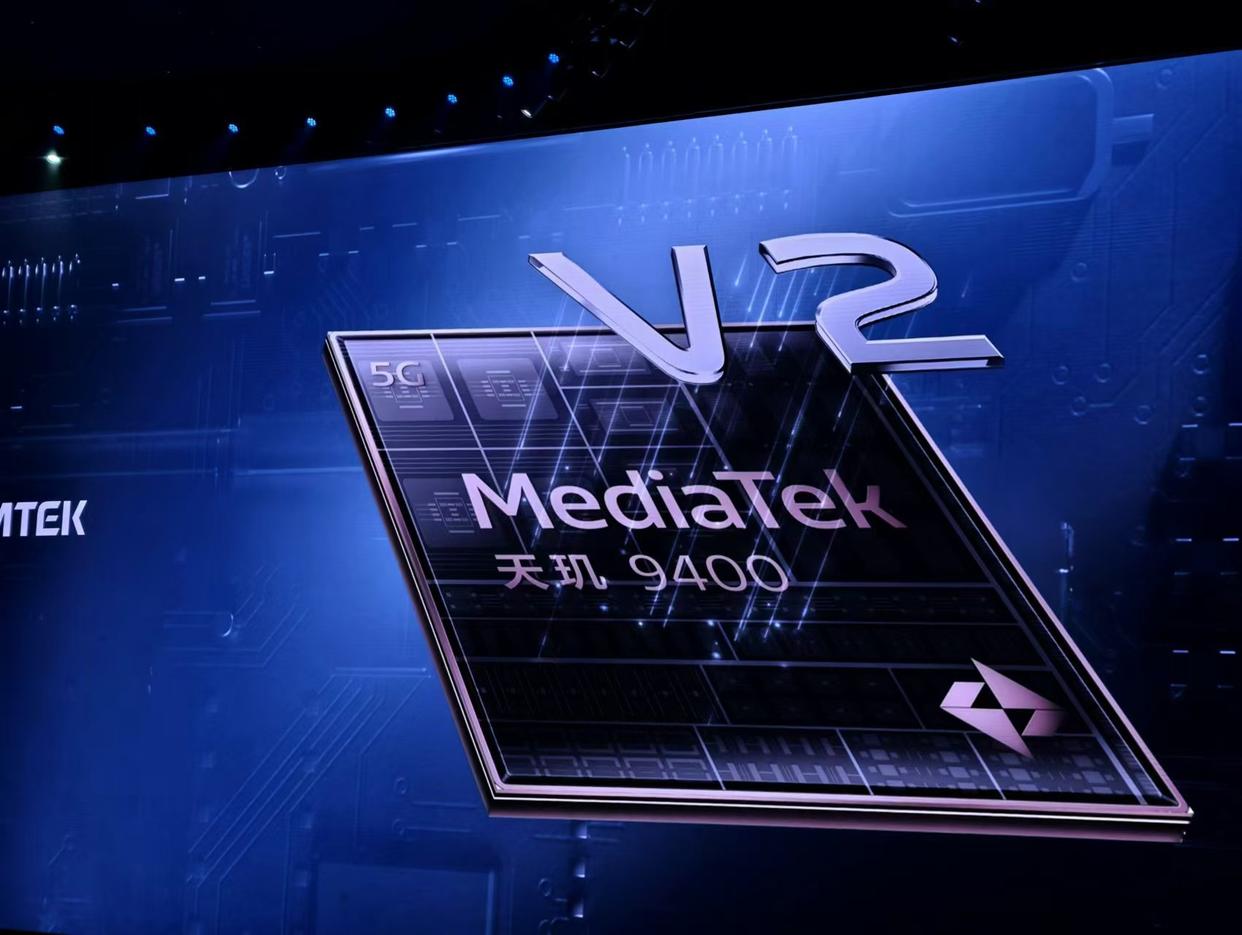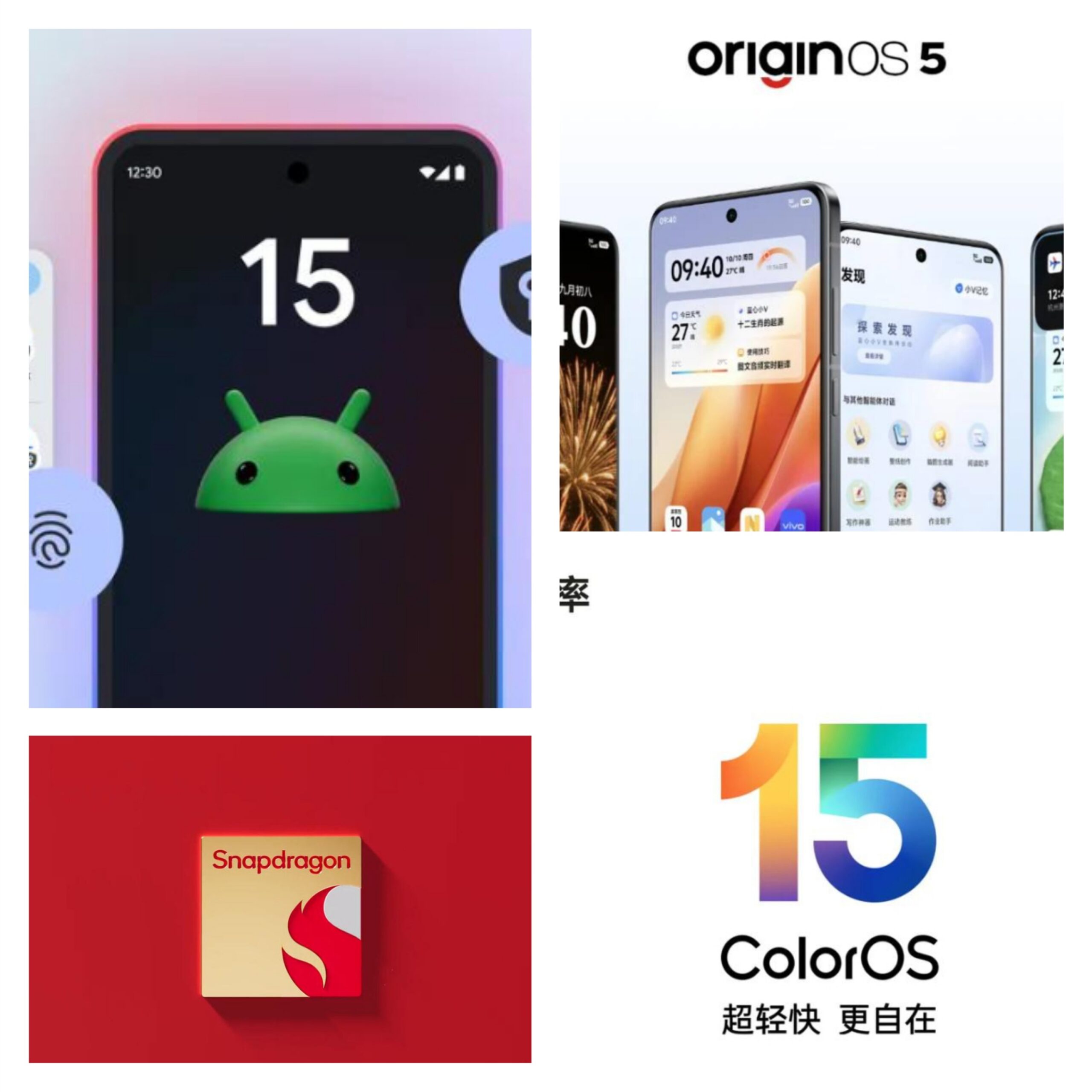It’s surprising to see that “smoothness” has become the key buzzword for flagship smartphone systems this year.
With the release of the Realme GT7 Pro, all major Android manufacturers have completed their latest flagship updates. Reflecting on these launch events, there’s a notable shift this .year: AI has penetrated every part of the system, and smoothness has risen to the forefront.

Source – Oppo
A few years ago, users associated smoothness merely with “a phone that doesn’t lag.” Now, “smoothness” has evolved into a crucial metric that defines user experience.
But what exactly does “smoothness” mean here? Didn’t Android systems run smoothly in recent years? The reality is more complex than it may seem.
What Are We Talking About When We Talk About “Smoothness”?
Many users still perceive Android as less smooth than iOS, but this is partly due to legacy issues.
As an open-source system, Android has to support a wide variety of hardware configurations. Whether it’s a high-end device with the latest Snapdragon 8 chip or an entry-level budget phone, all are expected to run Android effectively, unlike iOS, which is optimized for a much narrower range of devices. Google’s lack of strict hardware limitations and minimal control over hardware integration slowed Android’s performance optimization in the past to maintain compatibility across devices.
To support various hardware, Android implemented a hardware abstraction layer (HAL) for device compatibility. But this standardized abstraction often falls short of Apple’s high efficiency in system calls, leading to inefficient resource management, particularly in performance-demanding scenarios.

Source – Google
In multi-tasking, Android’s Linux-based preemptive task-switching system allows background processes to run in parallel, but this requires highly precise resource allocation. If hardware resources are limited or a resource-intensive app is running in the background, the fluidity of the foreground app can suffer.
For instance, Android’s Out of Memory (OOM) mechanism automatically closes lower-priority background processes to free resources for the foreground app when memory is low. If certain apps repeatedly restart in the background, this frequent triggering of the OOM mechanism not only fails to solve memory shortage issues but adds further strain on resource management, causing even more severe stuttering.
Memory management also raises another contentious issue in Android: garbage collection. This mechanism, intended to free up memory, adds CPU load. Running large apps may lead to frequent garbage collection cycles, causing stuttering, especially in real-time usage scenarios. This is a key bottleneck in improving smoothness.

Source – Qualcomm
Additionally, Android’s memory management encounters fragmentation issues when handling large-memory applications. Memory allocation becomes inefficient, reducing the actual usable space and further impacting system fluidity. For many users, this fragmentation is one reason Android devices seem to lose smoothness over time.
Although Android has its share of challenges, advancements in hardware have enabled many manufacturers to leverage high-performance SoCs, memory, and storage chips to compensate. For instance, most recent Android devices come with at least 12GB of RAM and the UFS 4.0 storage standard, helping improve multi-tasking and mitigate performance losses from fragmentation.
While improved hardware can prevent lag, achieving true smoothness requires more than just hardware upgrades. For example, OPPO’s ColorOS14 and vivo’s OriginOS 4 have been criticized for lacking a “natural” feel, and Xiaomi’s Surge OS reserves high-end animation effects and frosted glass effects for its most powerful devices. These strategies tackle lag, but don’t fully resolve the underlying issue of smoothness.
How Can Android Be Made Smoother? The New Battle for Domestic Smartphones
Android’s openness and compatibility have introduced challenges, but they have also allowed manufacturers to rewrite low-level code in custom Android systems.
One focus is on optimizing performance scheduling. Currently, Xiaomi’s Surge OS, vivo’s OriginOS, OPPO’s ColorOS, and Honor’s MagicOS all include custom performance optimization architectures that enhance system-level performance scheduling. For example, Surge OS 2’s micro-scheduling framework reduces idle CPU time by 19%, improves IPC in high-load scenarios by 16%, and reduces critical thread scheduling delay by 46%. OriginOS 5’s “Unfair Scheduling 3.0” prioritizes CPU and GPU resource allocation based on specific scenarios to improve response time and touch sensitivity. Meanwhile, OPPO’s ColorOS 15 and Honor’s MagicOS 9.0 have introduced Tide Architecture and Turbo X, respectively, for optimal performance distribution.

Source – Vivo
OriginOS was one of the first custom Android systems to reorganize resource allocation from the OS’s base level. Before vivo launched this architecture, most brands were focused on boosting peak performance for tasks like multi-tasking, floating windows, and app launching. The essence of “unfair scheduling” is to prioritize resource allocation, increasing CPU resource utilization while reducing excess power usage and battery drain.
Redesigning the system’s core is only part of the solution. How can the freed-up resources improve the user experience? This is where animations play a role.
Animations are central to UI interactions, and one reason for iOS’s popularity is its smooth animations. This year, nearly all brands highlighted animation improvements as key upgrades. For instance, OPPO’s ColorOS 15 introduced an Aurora Engine for complex interrupt animations, simultaneous animations, and real-time blur effects.
OriginOS 5 and MagicOS 9.0 have introduced Atom Effect 5.0 and new animation engines, respectively, which also include concurrent animations and seamless animation transitions. In addition to animation fluidity, Honor’s Vulkan Engine in MagicOS 9.0 enhances loading speed, a long-standing issue on Android. The Vulkan Engine improves loading times for large galleries and other data-heavy content, an area where only iOS previously excelled.

Source: Ray Technology on-site filming
Custom systems that rebuild core architecture and animation optimization still face challenges due to Android’s openness. For example, Android’s flexibility allows users to install third-party apps, but app quality varies. Many apps ignore optimization standards and do not consider resource usage, leading to further competition for resources when they continuously run in the background. To counter this, manufacturers have started to restrict risky or unknown third-party apps from being installed. Xiaomi’s Surge OS takes a stringent approach by requiring multiple verifications before allowing high-risk apps, which improves both security and resource management.
AI and Deep Customization: The Two Keys to a “Smoother” OS
One reason iOS sets the smoothness standard is Apple’s tight integration of ecosystem, hardware, and software. For example, Apple can customize iPhone SoCs for optimal iOS performance. Can Android manufacturers similarly harness SoCs? Yes, to some extent.
At the X200 series launch, vivo highlighted its close collaboration with MediaTek. Vivo customized the Dimensity 9400 mobile platform to work seamlessly with OriginOS 5, achieving higher performance with reduced power consumption. Furthermore, vivo added V2 chip image capabilities, enabling X200 and X200 Pro Mini models to achieve V2-level computational performance without a separate image chip.

Source: Ray Technology on-site filming
In addition to SoC collaboration, vivo has announced a joint lab with Arm to optimize SoC hardware. While no commercial results have been revealed, the X300 series may show surprising outcomes from this partnership.
However, given Android’s range of device types, simply customizing one SoC model is limited in scope. Honor’s solution is more direct: AI.
MagicOS 9.0 introduces an AI-powered scheduling engine that uses intent recognition and proactive interaction to optimize performance for common use scenarios. This engine can adapt to different needs, locations, and times, delivering performance adjustments that match users’ needs.

Source: Ray Technology on-site filming
This approach is cost-effective, extending benefits to all devices from flagships to budget models. With AI-based usage predictions, performance adjustments can keep devices running smoothly without impacting power consumption. This trend highlights AI’s growing role in mobile system optimization, and even Apple has quietly added automatic game mode to iOS 18.
For years, iPhone’s major advantage was its smooth user experience, not just in peak performance but in everyday interactions. Android manufacturers now lead in performance, imaging, and battery life, leaving smoothness as the final area to optimize. This year’s updates have indeed achieved layered improvements, from the OS core to visual appeal. As Apple’s “last advantage” diminishes, the smartphone market may be poised for a significant shift.








